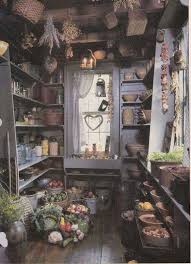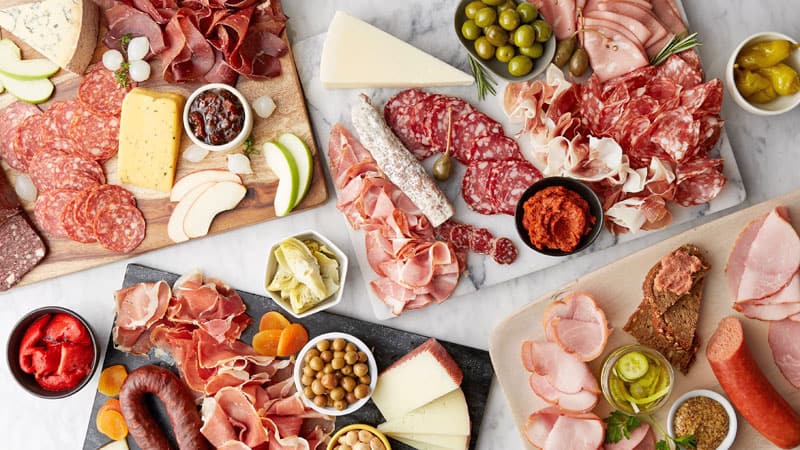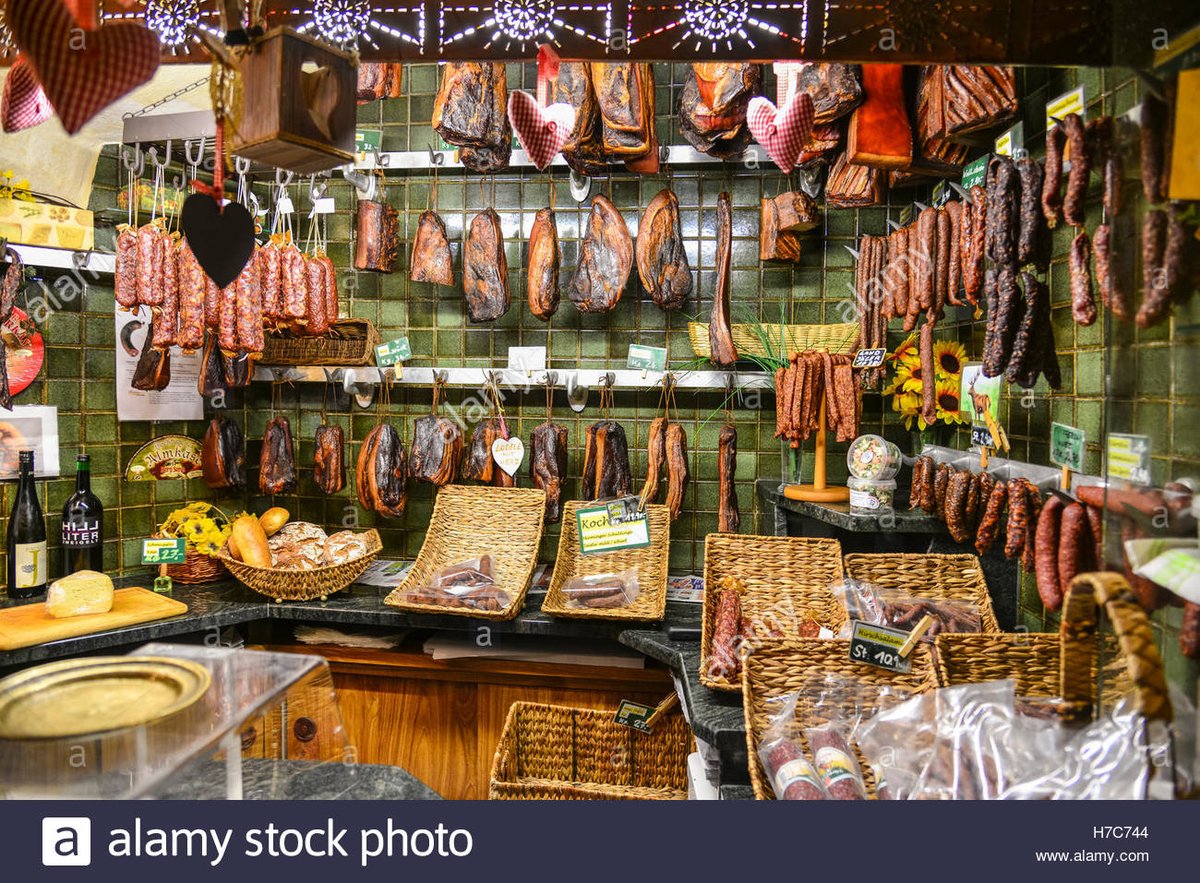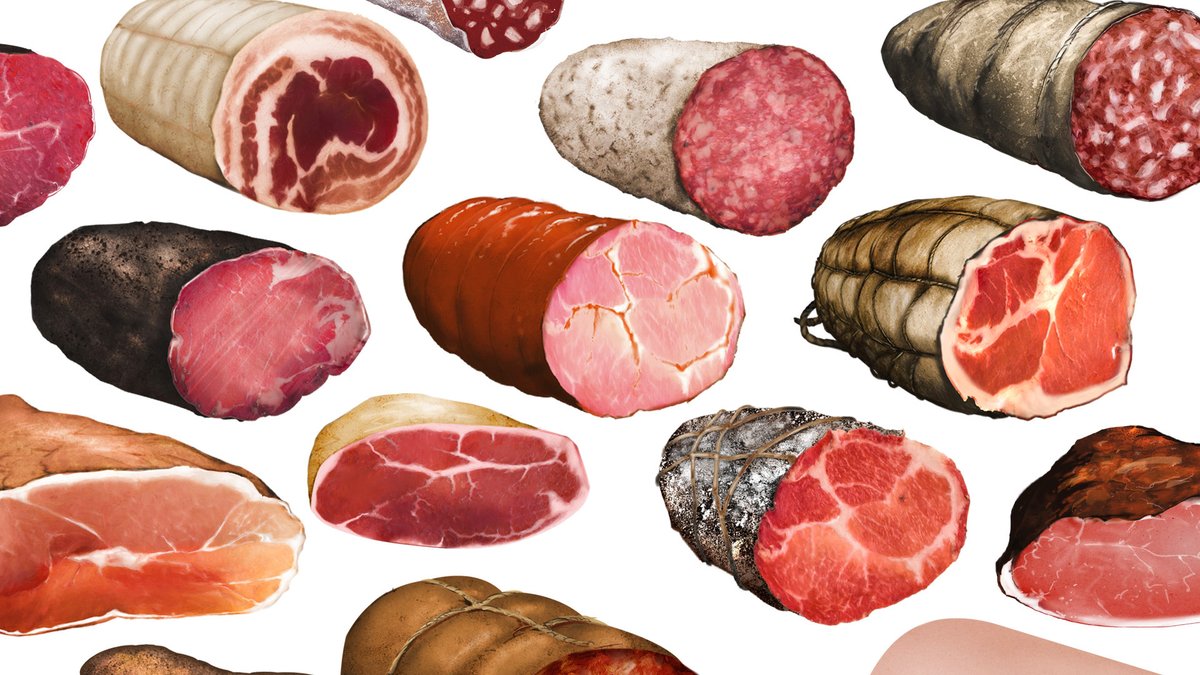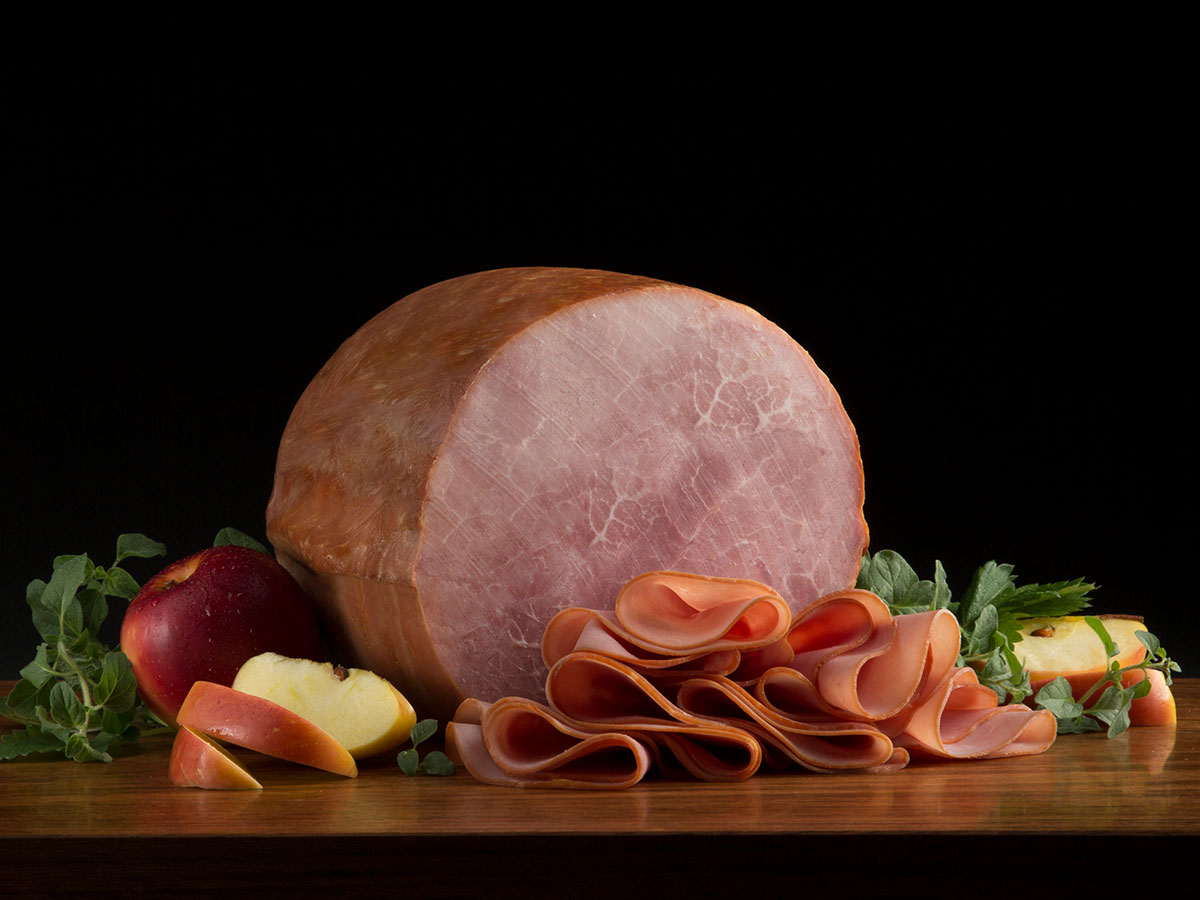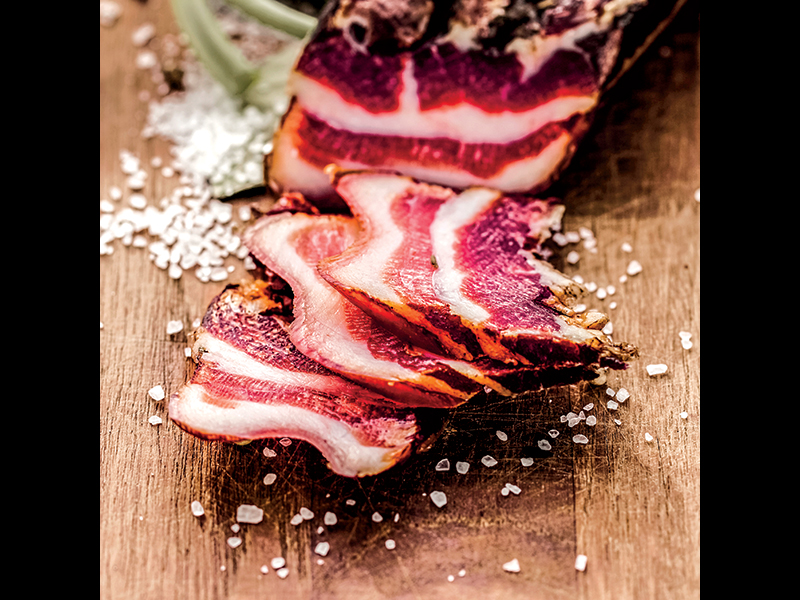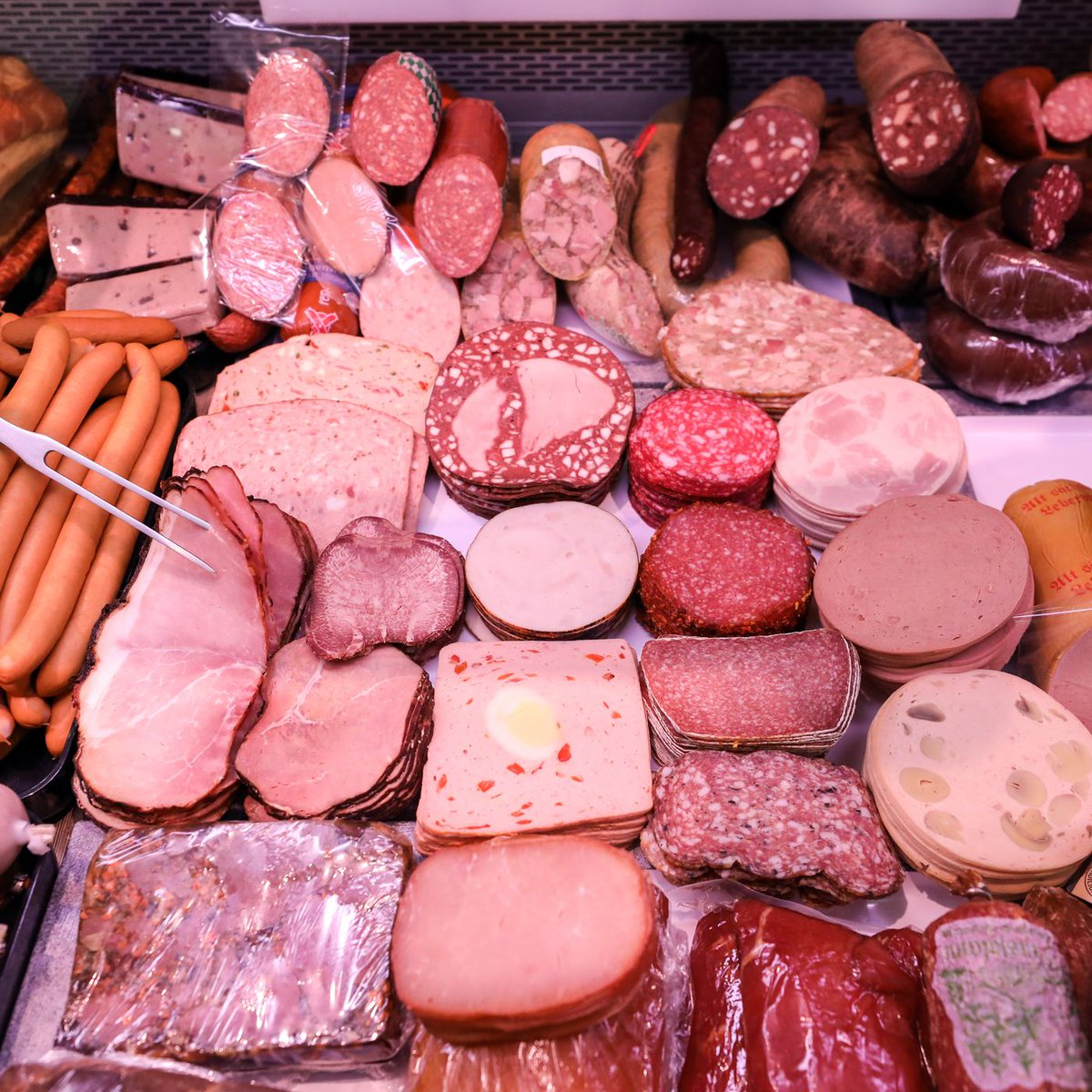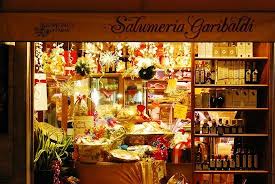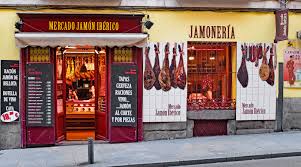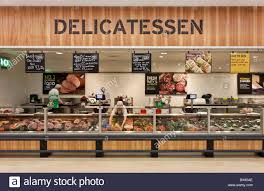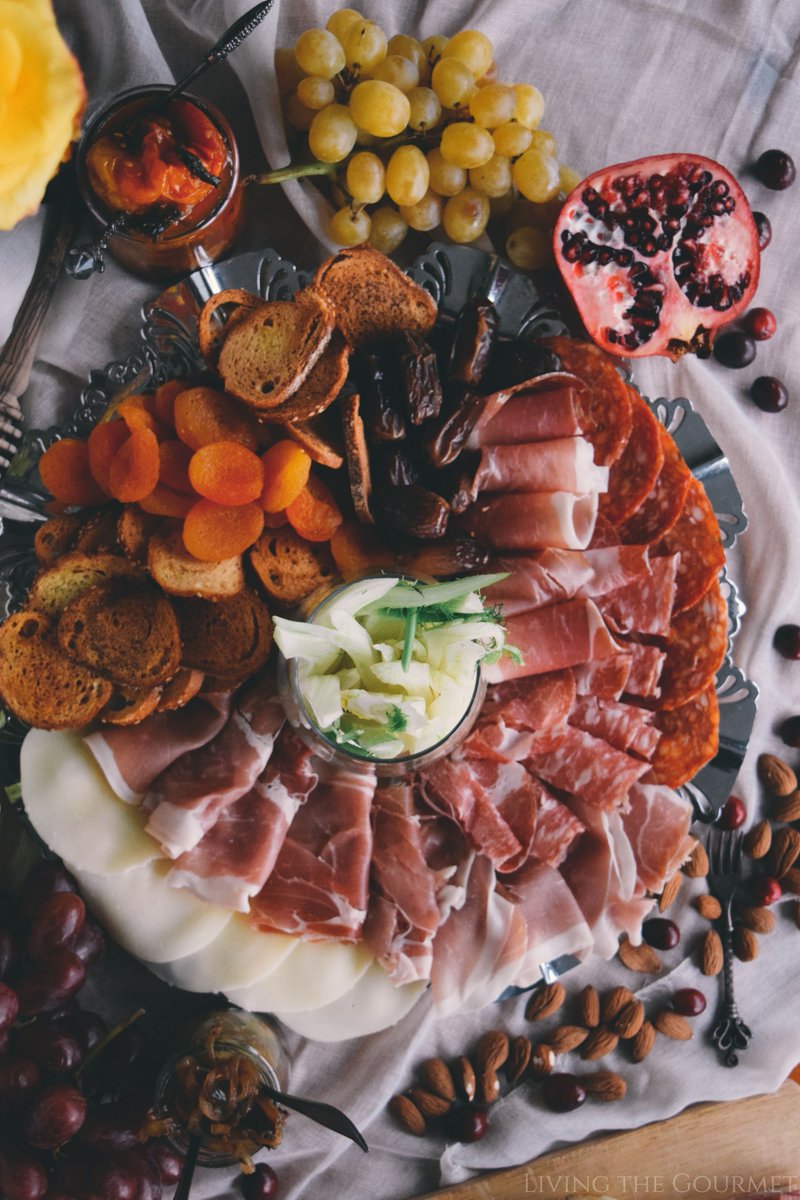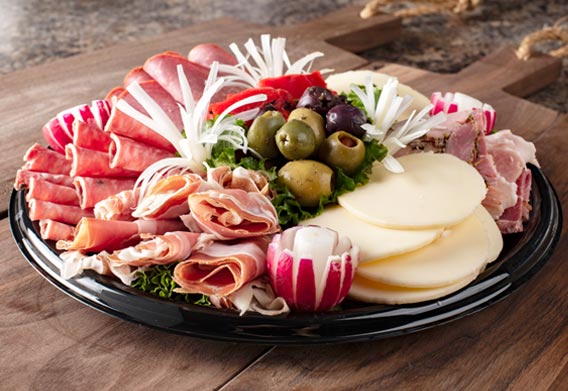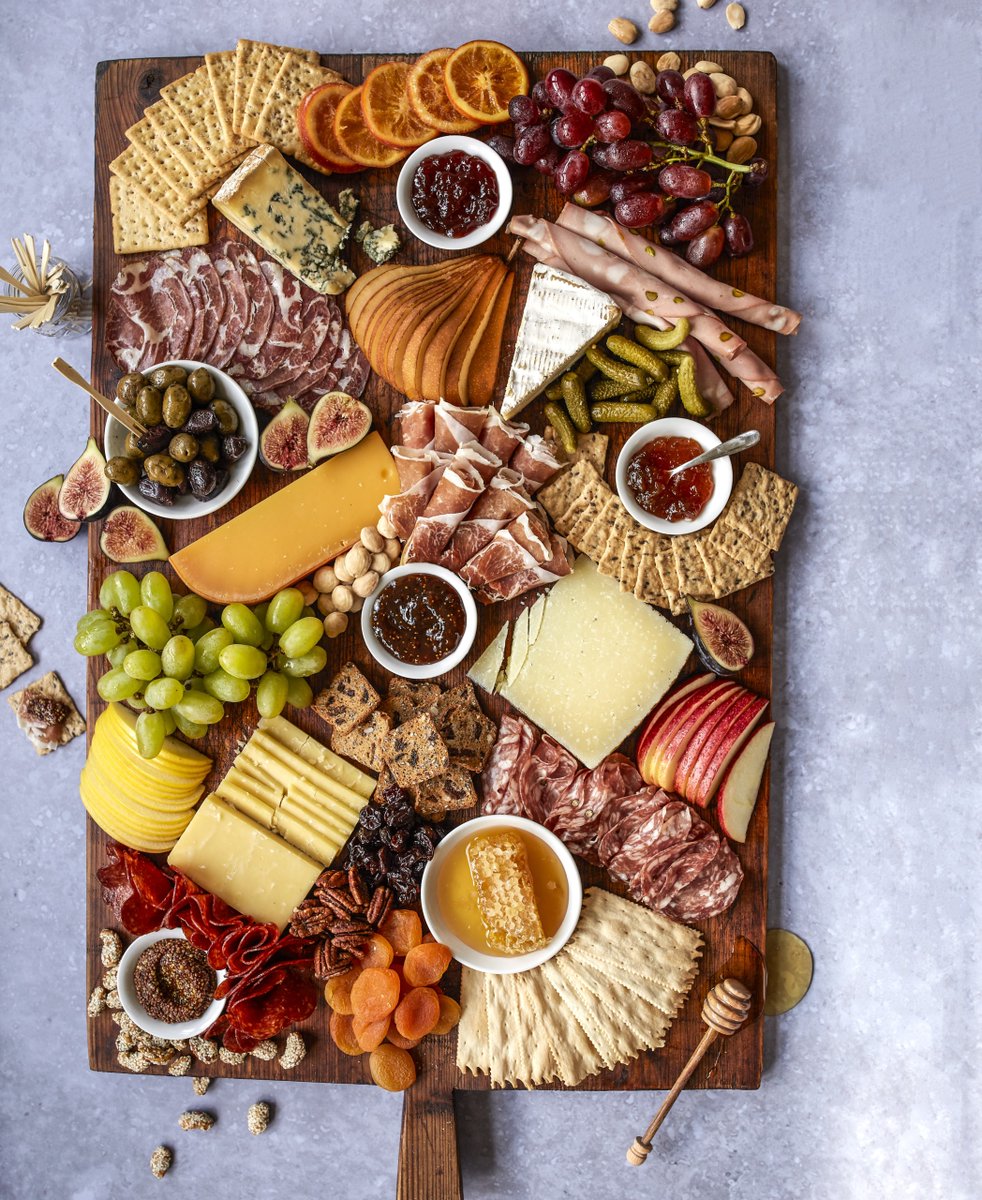We’ll do something fun later. I’m feeling good today. https://twitter.com/retiredlinecook/status/1290666449820889090">https://twitter.com/retiredli...
Hiiiiiiiii  https://abs.twimg.com/emoji/v2/... draggable="false" alt="👋🏾" title="Waving hand (durchschnittlich dunkler Hautton)" aria-label="Emoji: Waving hand (durchschnittlich dunkler Hautton)">
https://abs.twimg.com/emoji/v2/... draggable="false" alt="👋🏾" title="Waving hand (durchschnittlich dunkler Hautton)" aria-label="Emoji: Waving hand (durchschnittlich dunkler Hautton)"> https://abs.twimg.com/emoji/v2/... draggable="false" alt="👋🏾" title="Waving hand (durchschnittlich dunkler Hautton)" aria-label="Emoji: Waving hand (durchschnittlich dunkler Hautton)">
https://abs.twimg.com/emoji/v2/... draggable="false" alt="👋🏾" title="Waving hand (durchschnittlich dunkler Hautton)" aria-label="Emoji: Waving hand (durchschnittlich dunkler Hautton)"> https://abs.twimg.com/emoji/v2/... draggable="false" alt="👋🏾" title="Waving hand (durchschnittlich dunkler Hautton)" aria-label="Emoji: Waving hand (durchschnittlich dunkler Hautton)">
https://abs.twimg.com/emoji/v2/... draggable="false" alt="👋🏾" title="Waving hand (durchschnittlich dunkler Hautton)" aria-label="Emoji: Waving hand (durchschnittlich dunkler Hautton)"> https://abs.twimg.com/emoji/v2/... draggable="false" alt="👋🏾" title="Waving hand (durchschnittlich dunkler Hautton)" aria-label="Emoji: Waving hand (durchschnittlich dunkler Hautton)">
https://abs.twimg.com/emoji/v2/... draggable="false" alt="👋🏾" title="Waving hand (durchschnittlich dunkler Hautton)" aria-label="Emoji: Waving hand (durchschnittlich dunkler Hautton)"> https://abs.twimg.com/emoji/v2/... draggable="false" alt="👋🏾" title="Waving hand (durchschnittlich dunkler Hautton)" aria-label="Emoji: Waving hand (durchschnittlich dunkler Hautton)">
https://abs.twimg.com/emoji/v2/... draggable="false" alt="👋🏾" title="Waving hand (durchschnittlich dunkler Hautton)" aria-label="Emoji: Waving hand (durchschnittlich dunkler Hautton)">
So lets talk about meat, specifically cured meat as in CHARCUTERIE!
So lets talk about meat, specifically cured meat as in CHARCUTERIE!
Yesterday prosciutto, charcuterie, deli meats & brie, all the makings of a tasty board were attacked. Mean things were even said about Lunchables! I thought it would be a good idea to talk about what they actually are. (If you are new here these threads contain lots of sarcasm).
Many moons ago before fridges were all the rage in Pre- Revolutionary France, - the cold pantry or keeper of food, known as garde mangers was where cold foods were stored. These were mostly found in the lower level castles and homes of the wealthy. Basically basements with food.
The people responsible for this were known as pantry chefs or chef Garde Manger in French. So it’s not completely wrong to reference charcuterie boards and their contents as something belonging to the bourgeoisie class.
People who were responsible for maintaining and preparing the foods in these cold rooms were members of the Charcuterie guild. The charcuterie guild prepared and sold cooked items from pigs.
The persons responsible for selling, preserving and preparing items such as sausages, pâtés, hams, bacon and terrines were known as charcutieres. A charcutier roughly translates to pork butcher.
This does not limit charcuterie to solely pork but for some reason has been interpreted as such. In 1961 edition of Larousse Gastronomique, charcuterie is defined as - “The art of preparing various meats, in particular pork, in order to present them in the most diverse ways."
Charcuterie is derived from the French words for flesh (chair) and cooked (cuit). The word was used to describe shops in 15th century France that sold products that were made from pork, including the pig’s internal organs.
After the French Revolution the charcuterie duties were absorbed into the Garde Manger position. They basically gutted that entire position and fired all of those people. (Sound familiar?) As a result the position of butcher came to be a specialty within the Garde Manger field.
So when did charcuterie become the food of the common folk? I’m so glad you asked. Unrendered lard was initially the only meat the charcutiers could sell. Once preparation methods transitioned to allow a longer shelf life for foods, it became a symbol of peasantry. I know...
I still don& #39;t understand how longer shelf life translates to peasantry but I& #39;m still researching that. Basically wastefulness is an inherent function of wealth. If it can’t be wasted then they don’t want parts of it bc they have the means to replace it. So many parallels here.
Charcuterie is rooted in the belief that nothing from the animal should be wasted; not even the heart, lungs, kidneys, fat, or brain. This isn’t to say that the rich didn’t indulge in these foods they just had the luxury of picking and choosing what types of cured meats they eat.
How is charcuterie made?
Charcuterie is prepped thru varied processes. The meat can be salted, brined, or smoked to prepare it for consumption. Many processes involve a large number of spices and intricate steps, the main idea of charcuterie prep is that the meat is fully cooked
Charcuterie is prepped thru varied processes. The meat can be salted, brined, or smoked to prepare it for consumption. Many processes involve a large number of spices and intricate steps, the main idea of charcuterie prep is that the meat is fully cooked
Over the years, the different meats and preparation processes made their way across Europe and finally to the United States. Eventually, Bologna, Italy, became known for bologna, Genoa, Italy, for its salami, and Frankfurt, Germany, for its frankfurter.
Here in our shithole country, Virginia became the cured and smoked ham capital and Pennsylvania the sausage destination
In modern times - meaning once having a fridge became the norm for almost everyone, charcuterie became a way to preserve meat using the preservation process for flavor.
What does this have to do with delis and deli meats? EVERYTING!
The sandwiches we make and eat on trips sans mayo (use mustard its will not cause foodborne illness in the sun unlike mayo), uses cured meat if you put meat on your sandwich.
The sandwiches we make and eat on trips sans mayo (use mustard its will not cause foodborne illness in the sun unlike mayo), uses cured meat if you put meat on your sandwich.
But just the same, your favorite sandwich meats and cheeses from BoarsHead, Dietz & Watson are more accessible forms of charcuterie.
SO WE ALL EAT CHARCUTERIE!
SO WE ALL EAT CHARCUTERIE!
In fact the deli short for delicatessen has more in common with charcuterie than you and the guy you pay at the bodega. Delicatessen is where the Germans sold you guessed it cured meats!
And now for some more etymology...
And now for some more etymology...
Delicatessen is where the Germans sold you guessed it cured meats! It is also a German loanword (aka the word is adopted from another language or stolen or borrowed - I wasn’t there so no judgment) is the plural form of the word Delicatesse.
It makes its first appearance in the English language in the late 19th century. The Germans borrowed it from the French word délicatesse. The French took it from the Italian word delicatezza a derivative of the word delicato.
Delicato has its roots in the Latin, from the adjective delicatus which means “giving pleasure, delightful, pleasing.” And if you’ve ever eaten charcuterie or that first slice of deli meat or cheese fresh out the wax paper, then you know it is absolutely that.
And yes people steal words, its been happening for years.
The word shortened word deli didn’t come into existence until circa 1954.
The word shortened word deli didn’t come into existence until circa 1954.
The French have charcuterie, Germans - delicatessens, Italians - salumeria, Spaniards - jamoneria. Everyone has a word for cured meat storage.
American delis sell cold cuts by weight and prepare party trays. Like Charcuterie boards! It& #39;s like they& #39;re cousins..
Fast forward and some point in the matrix, the wealthy manage to “re-discover” what us serfs, peons, provincial and chattel folks are eating and “elevate” it to something much more “worldly,” thus jacking up the price for everyone else.

 Read on Twitter
Read on Twitter